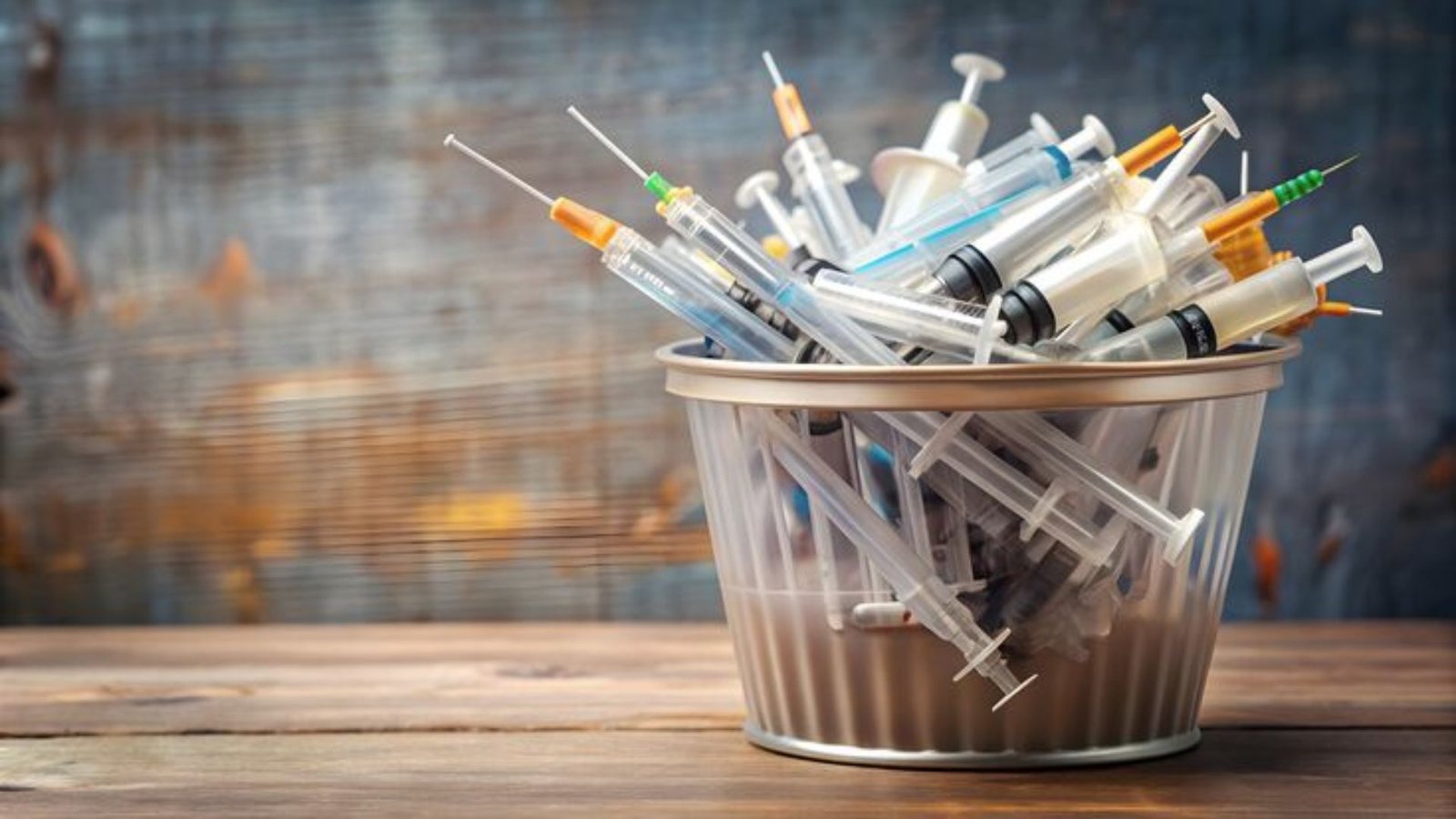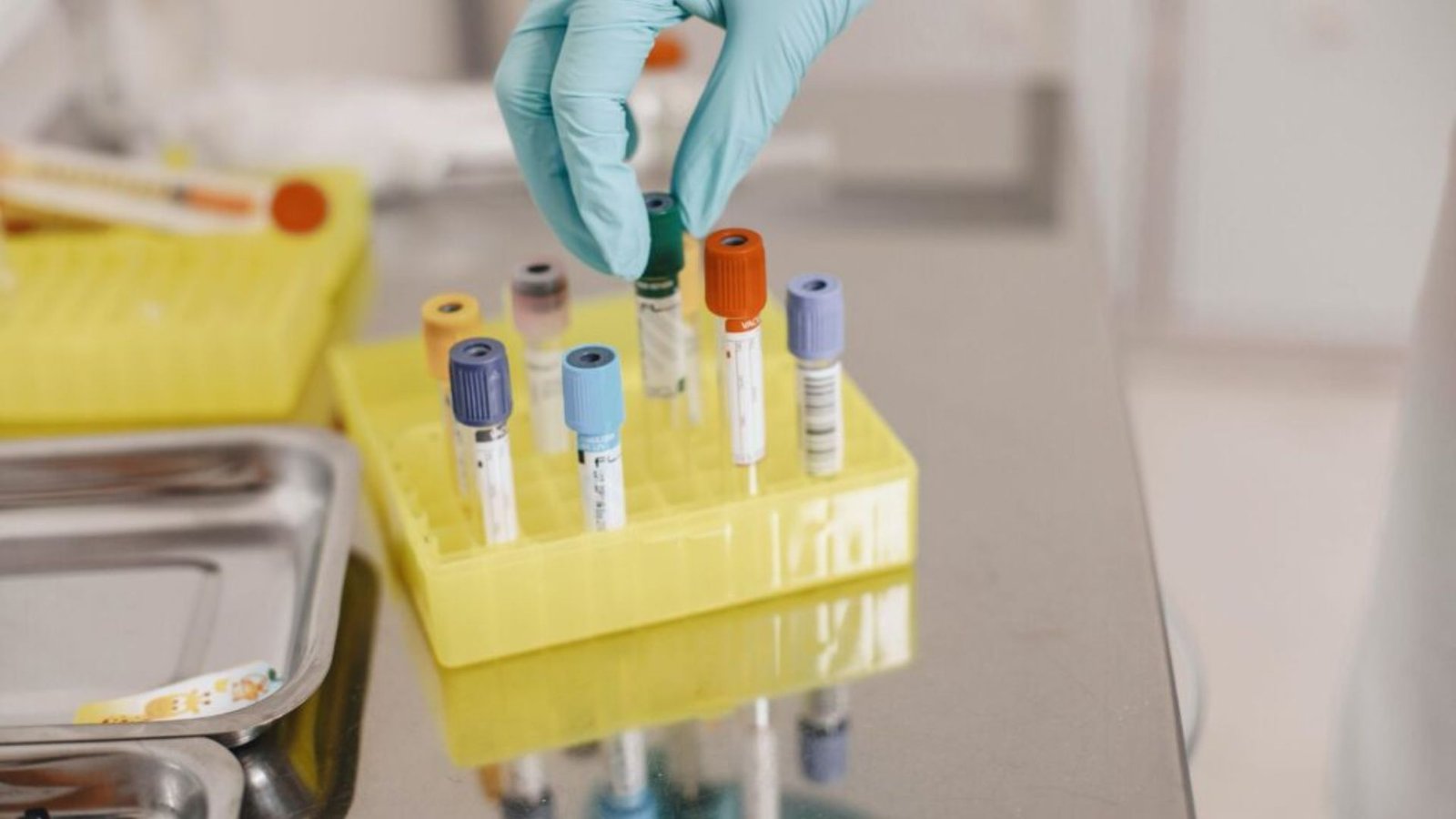Proper disposal of medical waste is crucial for protecting public health and the environment. Medical waste includes materials that can be infectious, hazardous, or otherwise harmful. In this blog post, we will explore the best practices for safe medical waste disposal to ensure safety and compliance.

Understanding Medical Waste
Medical waste can be categorized into several types, including:
- Infectious Waste: Materials that can transmit infectious diseases, such as used syringes and blood-soaked items.
- Hazardous Waste: Waste that poses a risk due to chemicals, pharmaceuticals, or other harmful substances.
- Sharps Waste: Needles, blades, and other sharp objects that can cause injury.
- General Waste: Non-hazardous items, such as packaging materials.
Understanding these categories is essential for implementing appropriate disposal methods.
Segregation of Waste
One of the most important best practices is the segregation of medical waste at the point of generation. Properly separating waste types prevents cross-contamination and makes disposal easier. Here are key steps for effective segregation:
- Use Color-Coded Containers: Designate specific containers for different waste types. For instance, use red bags for infectious waste and yellow containers for sharps.
- Train Staff: Ensure all healthcare personnel are trained in proper waste segregation techniques. Regular training helps reinforce these practices.
Safe Collection and Storage
Once medical waste is segregated, safe collection and storage are vital. Here are the best practices to follow:
- Use Secure Containers: Choose sturdy, leak-proof containers for collecting medical waste. Ensure that sharps containers are puncture-resistant.
- Label Containers Clearly: Clearly label all waste containers to indicate their contents. This helps prevent accidental exposure and ensures proper handling.
- Limit Storage Time: Minimize the time medical waste is stored on-site. Establish a schedule for regular waste collection to prevent accumulation.
Transportation of Medical Waste
Transporting medical waste requires careful planning to maintain safety. Here are the best practices for safe transportation:
- Follow Regulatory Guidelines: Adhere to local and national regulations for transporting medical waste. Ensure that transport vehicles meet safety standards.
- Use Dedicated Vehicles: Whenever possible, use vehicles specifically designated for transporting medical waste. This reduces the risk of contamination.
- Seal Containers Securely: Ensure that all containers are securely sealed during transportation to prevent leaks or spills.
Disposal Methods
Different types of medical waste require specific disposal methods. Here are some common practices:
- Incineration: High-temperature incineration is a common method for disposing of infectious and hazardous waste. This process effectively reduces waste volume and destroys pathogens.
- Autoclaving: Steam sterilization through autoclaving is effective for treating infectious waste. This method uses high-pressure steam to kill bacteria and viruses.
- Landfilling: Only non-hazardous and properly treated waste should be sent to landfills. Ensure that local regulations permit this method.
Compliance with Regulations
Staying compliant with regulations is essential for safe medical waste disposal. Familiarize yourself with local, state, and federal guidelines regarding medical waste management. Regular audits and inspections can help ensure compliance and identify areas for improvement.
Employee Training and Awareness
Regular training and awareness programs are crucial for maintaining safe medical waste disposal practices. Conduct training sessions that cover:
- Proper Segregation and Handling: Educate staff on how to correctly segregate and handle different types of waste.
- Emergency Procedures: Train employees on what to do in case of spills, leaks, or other incidents involving medical waste.
- Updates on Regulations: Keep staff informed about changes in regulations and best practices.
Conclusion: Ensuring Safety and Compliance
In conclusion, safe medical waste disposal is essential for protecting public health and the environment. By implementing best practices such as waste segregation, secure storage, safe transportation, and compliance with regulations, healthcare facilities can minimize risks associated with medical waste.
Continuous employee training and awareness are also vital in maintaining these practices. Together, we can ensure that medical waste is managed safely and responsibly, safeguarding both our communities and our environment.




